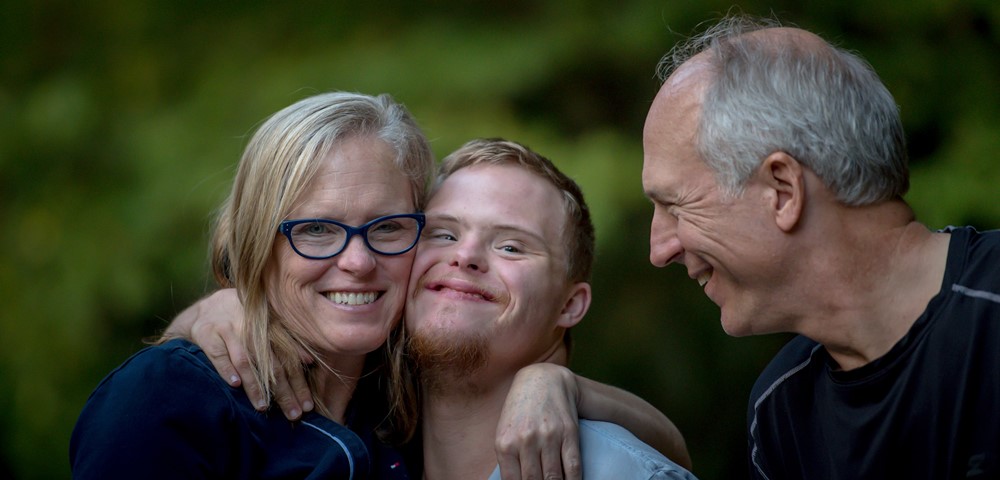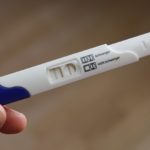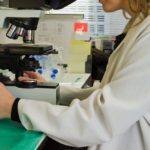Why does late motherhood increase the chance of Down syndrome in children?
With advances in medical and reproductive technologies, recent years have witnessed a significant increase in the number of women postponing motherhood until their 30s and 40s. Women who become pregnant after the age of 35 are considered to be of advanced maternal age. This trend is more common among educated women. There are various factors influencing a woman’s decision for delayed pregnancy – availability of safe, effective contraception, late marriages, increasing divorce rates, impaired fertility, career concerns, and financial stability seems to be the main reasons. Although most delayed pregnancies result in healthy babies, the risk associated with advanced maternal age should not be ignored.
Risks associated with late pregnancy
Risks associated with pregnancy tend to increase with advancing age, especially after the age of 35. With increasing age, there is a greater likelihood of pre-existing health problems like diabetes, obesity, cardiovascular diseases, or kidney disorders. These already present medical conditions can increase the risks associated with the pregnancy. Older mothers have a higher risk of infertility, miscarriages, low birth weight babies, stillbirth, gestational diabetes, and other medical conditions. In addition, there is an increased risk of chromosomal abnormalities, especially Down syndrome.
Down syndrome
Down syndrome (DS) is a chromosomal disorder present at birth that changes the physical and intellectual development of the baby. It was first described by Dr. John Langdon Down in 1866. Babies born with DS may have a flat facial profile, slanted eyes, short fingers, and other different traits. Down syndrome is the most common cause of mental disability. It is estimated that Down syndrome affects one of every 670 babies born in the United States.
Causes of Down syndrome
Down syndrome is caused by an extra copy of chromosome 21. Chromosomes are tiny rod-like structures that hold our genes. Our genes carry the codes responsible for all our inherited characteristics. These codes determine our physical appearance (hair and eye color, height, etc.), behavior, blood type, and susceptibility to disease.
In a normal human being, each cell contains 46 chromosomes, and these chromosomes are divided into 23 pairs. During conception, one set of 23 chromosomes is inherited from the mother in the egg and the other set of 23 chromosomes comes from the father in the sperm. Sometimes due to an error in the division of cells of egg or sperm, a person inherits an extra chromosome from one of his/her parents. Most babies born with Down syndrome have three copies of chromosome 21 instead of two and that’s why it is also known as trisomy. Two other chromosomal abnormalities recognized as mosaicism and translocation are also involved in Down syndrome.
Maternal age and Down syndrome
Late motherhood has been recognized as the primary risk factor associated with fetal Down syndrome. Women are born with a specific quantity of eggs and cannot produce more. These eggs contain the genetic material which they pass on to their offspring. According to maternal aging theory, with the chronological increase in age, females’ eggs and the genetic material contained within get older too. Aging genetic material is more likely to have defects occur during cell division that can result in either a lack of an increase in chromosomal material. This phenomenon accounts for the decrease in fertility and increases in chromosomal abnormalities in offsprings of aging women.




























